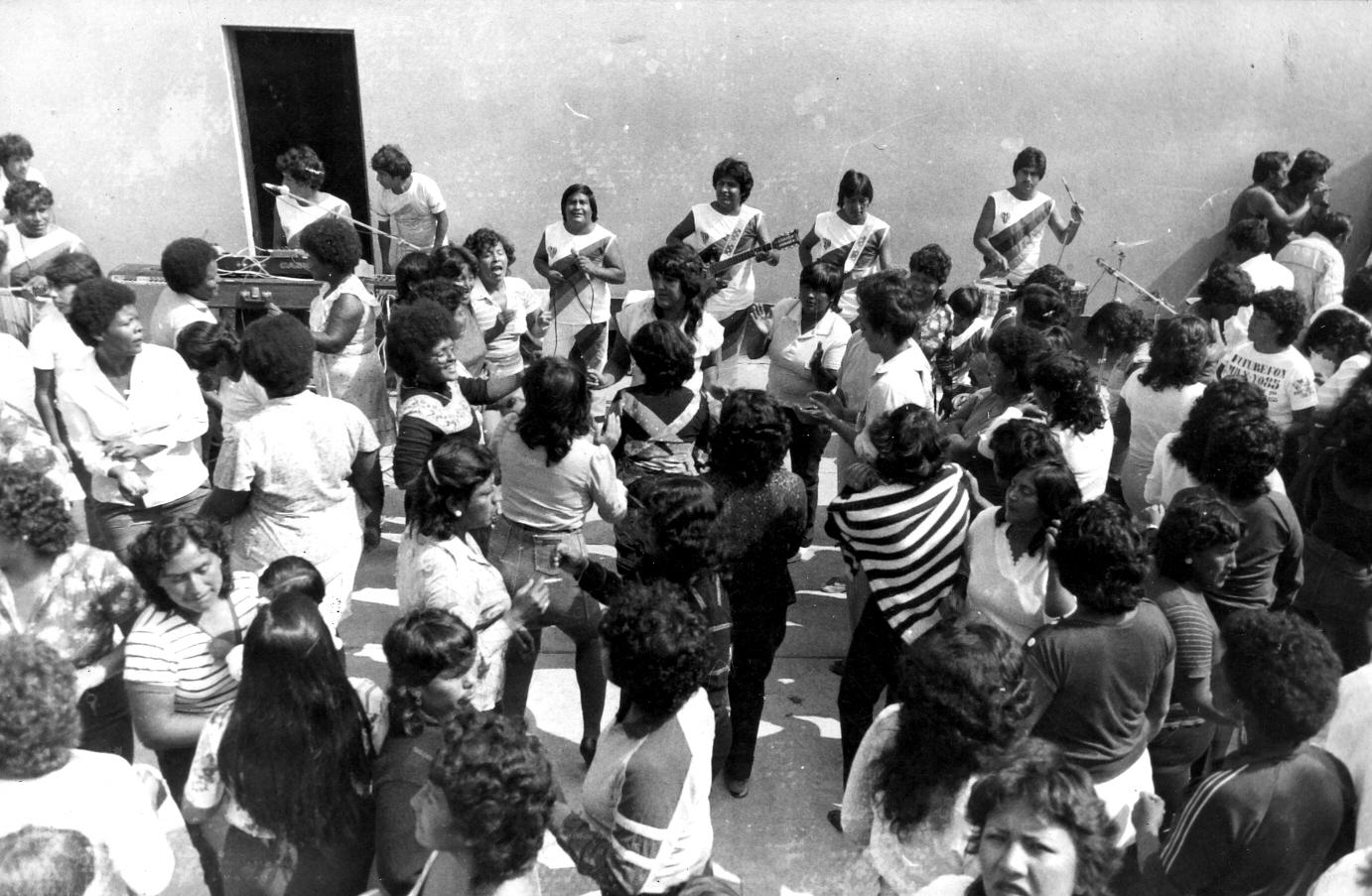
The Authentic Shapis
Chicha was and will continue to be a revolution. Not necessarily in the political sense (although the promise of a social utopia is an underlying theme in the genre) but yes and above all in the musical sense. The revolution started out of an irreverence of the West and its most colonizing son: rock and roll. We can understand chicha as a "tropical rock and roll", although in reality, we are faced with something much more complex because Chicha mixes huayno, Creole music, Caribbean music, jazz and many more genres that it "cannibalizes" at its whim.
In the 80s, a boy from the Altiplano and another from the Mantaro Valley created a duo that has become legendary and immortal in Peruvian popular music: Los Shapis (a name that alludes to a ritualistic and warrior dance with Amazonian origins). The boys, who met in the city of Huancayo, were none other than Julio Simeón, alias "Chapulín, El Dulce" and Jaime Moreyra, whom they called "El Eléctrico" for his skill with guitars. Both had gone through the experience of working with different bands and in the bustling Huanca scene, they became stars for their mix of Andean melodies and electric dissonances.
In 1980, Los Shapis had reached such a level of regional success that on Valentine’s Day, they decided to debut at a concert in Lima. As the frenzy of “Shapimanía” began to unfold, a young entrepreneur, Juan Campos, took on the task of making their first recording. Juan Campos was the head of the independent label Horóscopo and the man responsible for giving Lorenzo Palacios "Chacalón" an extended debut.
This first album of Los Shapis changed everything, not only for its irreverence of rock and roll but also of punk. If we look closely, the album cover is a type of "plagiarism", a mockery, a parody of the album cover from the Ramones fourth album, "Road your ruin". Instead of New York punks, we find Peruvian chicheros who have put on the threadbare clothes of these rock and rollers but with the background of the city of Lima illuminated with a pink color, almost childish. What did the designer of the cover want to tell us or suggest to us with this? We do not know, but we do suspect that his intention was to be irreverent, daring, bold, not fearing the empire or the West, but devouring it, decolonizing it, "chichafying" it in a gesture of anthropophagy and cultural challenge.
Los Shapis became big thanks to their ability to fill shows as well as their sense of pop and melody, for which many even consider them the "Andean Beatles". But this music for the masses has also, through its lyrics, brought us a discourse of reinvindication as well as proletariat and provincial pride. For the first time in Peru, someone was singing to the migrant, the traveling worker, the student, the proletariat. Chacalón had done it before with a rougher and harder sound, but Los Shapis could transcend the class struggle that subordinated chicha to the peripheries and turn it into the perfect pop product for a war torn, hyperinflated Peru of the 80s.
Televised propoganda, filled stadiums, international trips and even a movie, made Los Shapis the largest mass phenomenon of Peruvian popular music. In the streets of Peru, their music still resonates as a medicine of joy and beauty for those who dream of a better world. The musical and cultural revolution of chicha has won and thanks to Los Shapis, the promises that their songs bring us, of a politically better and distinct Peru, are still the best soundtrack for the continuing struggle, hope, and love that will always win.